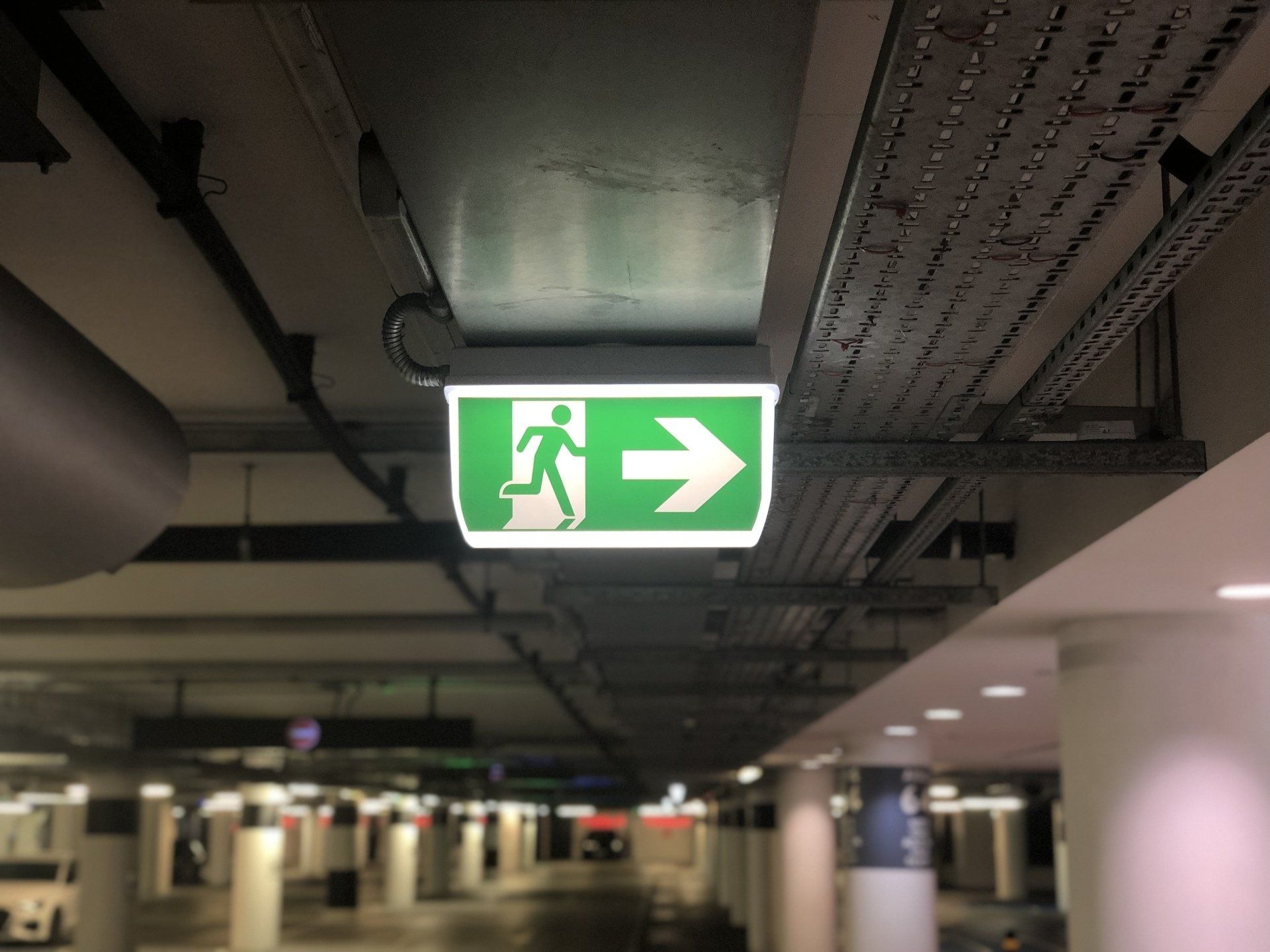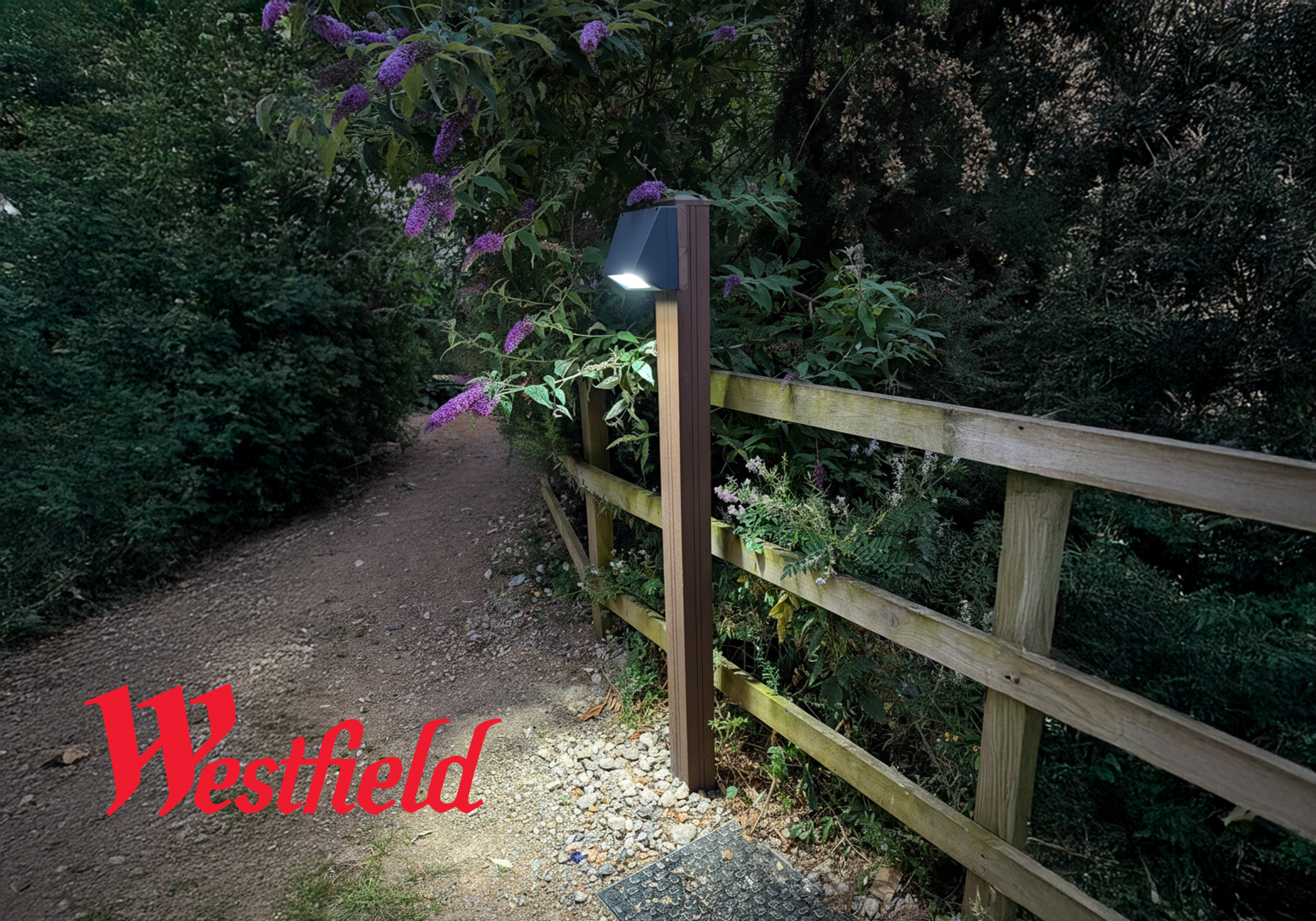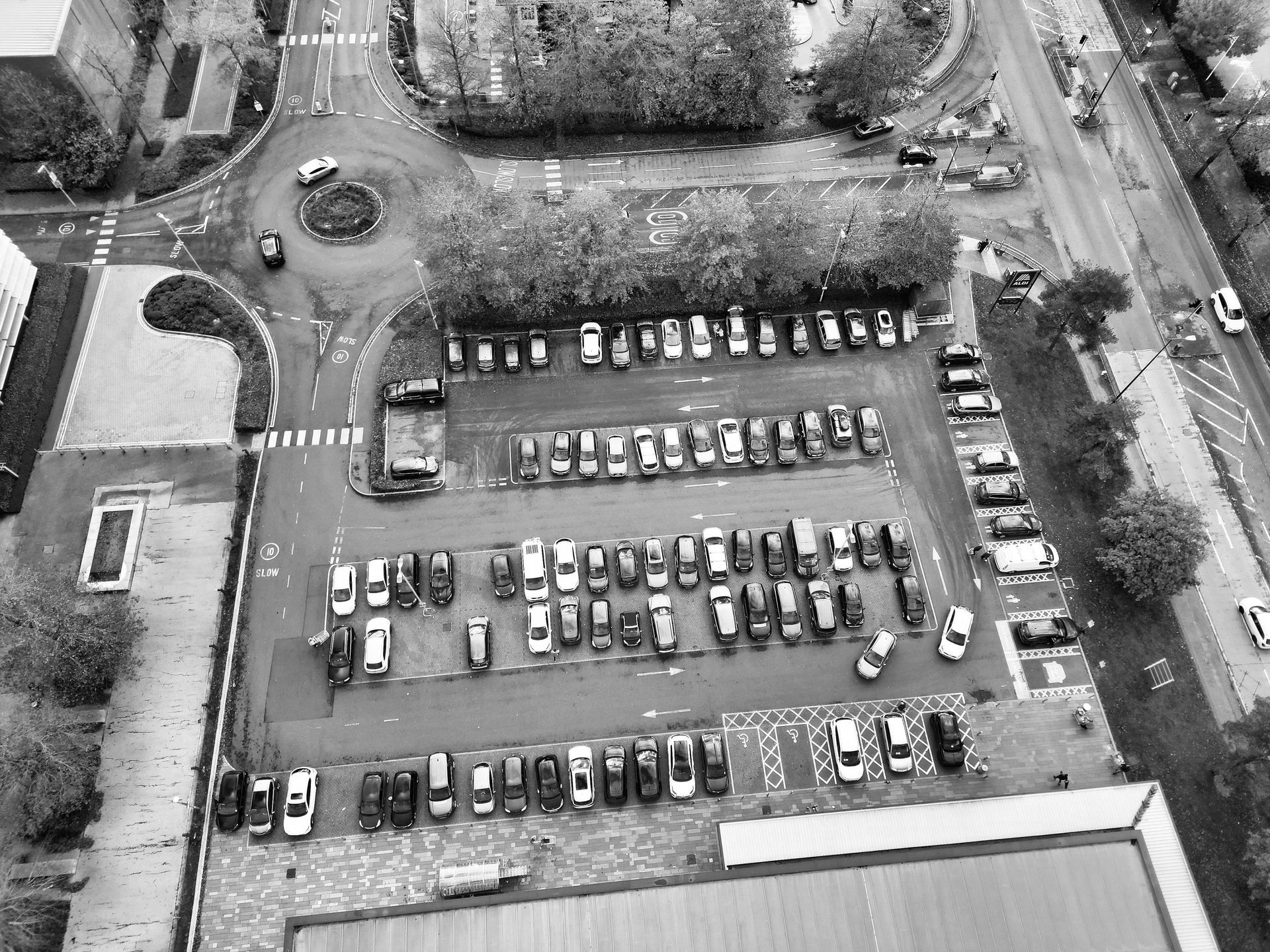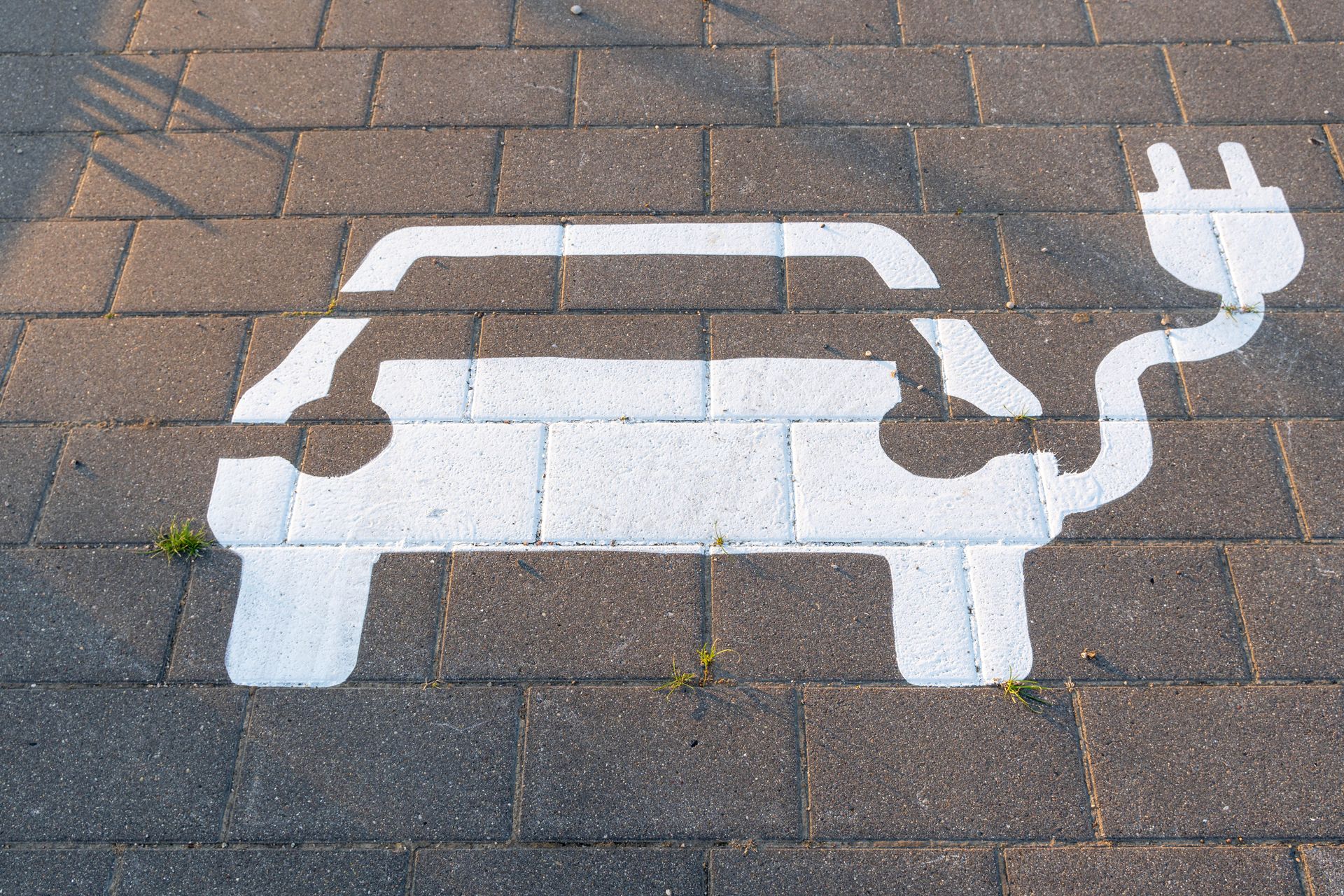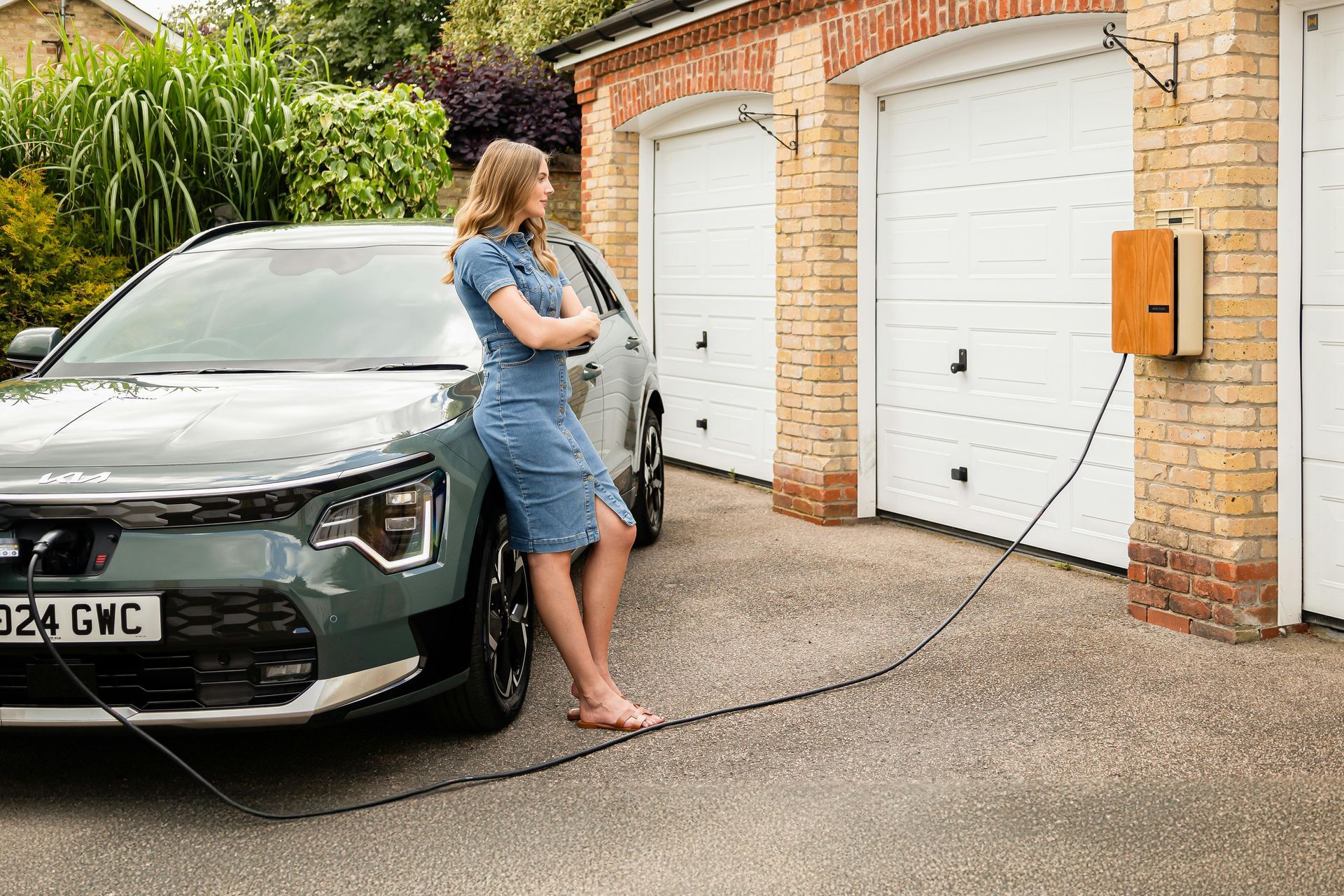EV Charging for Schools: Planning for Staff, Fleet, and Future Readiness
How schools and education sites can plan, fund, and install EV chargers that support staff, sustainability goals, and local communities.

Why schools are leading the way
Across the UK, schools are quietly becoming early adopters of EV charging.
Staff are switching to electric cars, local authorities are setting sustainability targets, and even school minibuses are going electric.
But while the move makes sense environmentally and financially, many schools are unsure where to begin. What kind of chargers do you need? Who can install them? And how do you access funding?
This guide walks you through the essentials - from planning and grants to practical installation and maintenance - to help you make informed decisions before you start.
1. Understanding who needs to charge
Every school’s parking layout and user base is different. Thinking through who will use the chargers first helps decide how many units you need and where to place them.
- Staff: Often the first group to need access. Workplace charging can double as a staff benefit.
- Fleet: School minibuses and maintenance vehicles can use dedicated bays with faster units.
- Visitors & Parents: Offering limited access during pick-up and drop-off adds convenience and supports your school’s eco image.
- Community Use: Some schools open chargers to the public outside of school hours, generating extra income.
A clear understanding of these groups helps you design a layout that’s practical, safe, and scalable.
2. Funding and grants for schools
The Workplace Charging Scheme (WCS) for state-funded education institutions is one of the most accessible routes for schools to claim up to £2500 per socket (up to 40 chargers per site).
To qualify, schools must:
- Be a state-funded or publicly funded educational institution.
- Have off-street parking used by staff or fleets.
- Use an OZEV-approved installer (like Nu Electrics).
Independent schools and academies may also qualify under similar workplace or landlord schemes.
These grants can significantly offset the cost of installation, especially when planned alongside other energy-saving upgrades.
3. Power and safety considerations
Before choosing hardware, a site survey should check:
- The existing power capacity of the school.
- Distribution board load and spare circuits.
- Any required upgrades or load management systems.
Because schools often have older buildings, understanding the current electrical setup is crucial to ensure safe installation without disrupting essential systems like lighting or IT networks.
Safety measures should include clear signage, cable management, and controlled access to prevent misuse during out-of-hours periods.
4. Choosing the right chargers
For most schools, a mix of charger types works best:
- 7kW fast chargers for staff cars parked during the day.
- 22kW rapid units for school fleets that need a quick turnaround.
- Smart chargers with usage tracking, so administrators can manage access and monitor costs.
All should comply with OZEV standards and include remote monitoring for reliability and reporting.
5. Managing cost recovery and sustainability goals
Charging doesn’t have to be a cost centre.
Schools can:
- Recover electricity costs via staff charging tariffs.
- Offer public access in partnership with local authorities.
- Use the project to support Eco-School and sustainability targets.
The visibility of chargers on-site also signals commitment to net-zero goals, something increasingly important to parents, councils, and Ofsted assessments.
6. Work with trusted professionals
Partnering with a certified installer early avoids delays and compliance issues.
At Nu Electrics, we can help schools across London and the South East with:
- Site surveys and power assessments.
- OZEV grant application support.
- Full installation and commissioning.
- Smart control setup and maintenance.
We handle the details so you can focus on running your school.
7. Take the next step
Whether you’re starting small with a few chargers for staff or planning a full fleet rollout, early planning makes the process smoother and more cost-effective.
WE'RE HERE TO LISTEN
Get in touch to discuss your project and we'll give honest advice backed up by a over decade of experience in the commercial and residential electrics industry.

